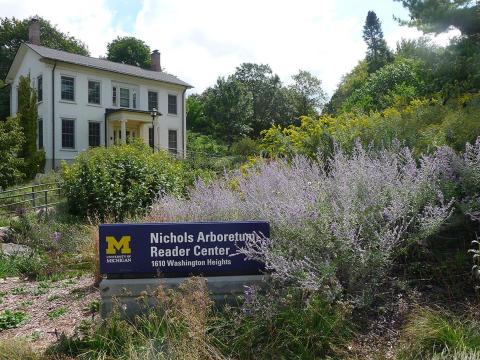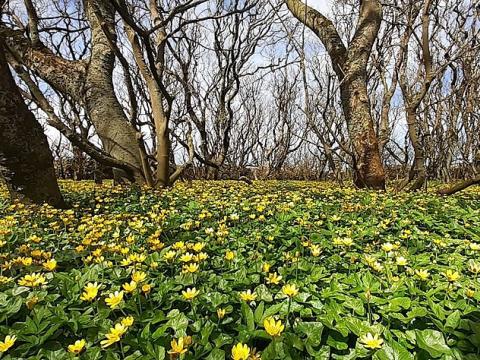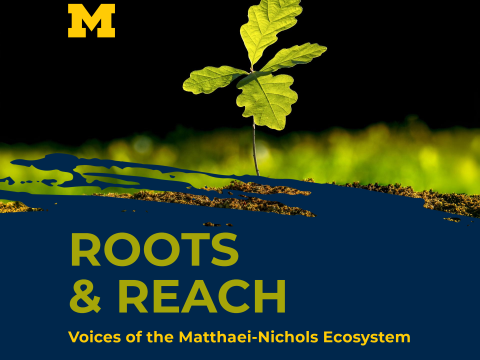
At MBGNA, we are deeply committed to our mission of environmental stewardship and ecological resilience. As part of this ongoing effort, we are currently working to restore a prairie fen—a globally rare and significant wetland natural community. We've partnered with a contractor from the US Fish and Wildlife Service to facilitate this initiative, who has cleared an area near Cummings Fen along our north border, continuing south along the east side of Fleming Creek. This delicate ecosystem is home to a range of plant and animal species, including the federally threatened eastern Massasauga rattlesnake.
The clearing, conducted by the US Fish and Wildlife Service contractor, is a carefully planned and critical step in this restoration process. The primary focus currently is the removal of invasive shrubs, notably common buckthorn (Rhamnus cathartica) and glossy buckthorn (Frangula alnus). These non-native plants outcompete our indigenous flora and disrupt the balanced ecology necessary for a thriving prairie fen.
Over the next few years, we will continue this restoration by eradicating these invasive species, re-seeding the environment with native wetland plants, and conducting prescribed ecological burns. These burns are a natural part of the fen ecosystem's lifecycle and help in the germination of native plants while keeping invasive species at bay.
The outcome of this project is to create approximately 30 acres of open fen and wet meadow habitats. The reduction of invasive shrub cover is a scientifically driven method to enhance habitat quality for species like the eastern Massasauga. It will increase the available basking areas essential for this snake's survival and promote a more diverse small mammal population, which is crucial for its diet.
Aside from benefiting the eastern Massasauga rattlesnake, this work will also provide a more diverse and thriving environment for pollinators, birds of various species, and other wildlife, which depend on open, wet conditions. Increased plant diversity will offer a richer foraging habitat for all these creatures, contributing to a balanced and resilient ecosystem.


